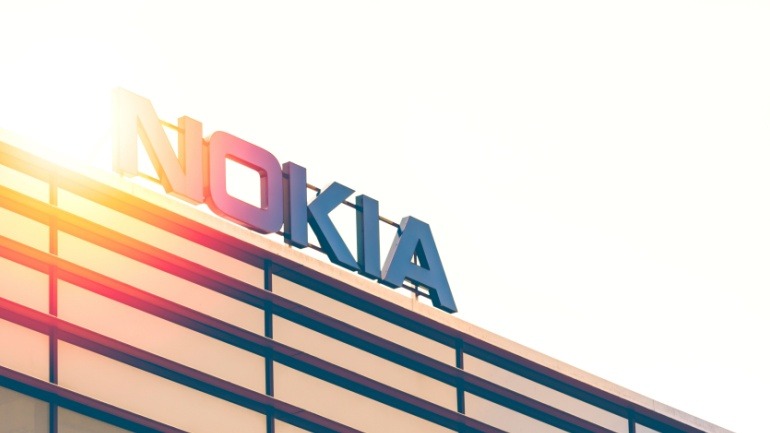Indian telecom giant Bharti Airtel has begun re-farming its mid-band spectrum to manage the surge in traffic on its 5G network, according to recent reports in the Indian press. The re-farming process involves reallocating spectrum previously used for 4G services to support the growing demand for 5G.
“Airtel is in the process of re-farming its mid-band spectrum on the 1.8 GHz, 2.1 GHz, and 2.3 GHz bands across India,” said Randeep Sekhon, CTO at Bharti Airtel. He added, “As more customers pivot to our 5G services, we have re-farmed our mid-band spectrum which was being used for 4G services. With this, we are also ready to launch 5G SA technology. This will mean that the Airtel network will be the first network in India to run on both Standalone and Non-Standalone modes.”
Showcasing the benefits of its dual-mode 5G network, Airtel has piloted both Standalone (SA) and Non-Standalone (NSA) modes in several cities including Rewari, Chennai, and Bhubaneswar. The promising results point towards better opportunities for innovative applications, solutions through open APIs, differentiated connectivity, and a service-based architecture.
Additionally, Airtel’s 5G network has stretched its reach to cover all 28 states and 8 union territories in India, marking a significant milestone in the nation’s telecommunications landscape.
In related developments, Nokia confirmed its successful 5G NSA cloud RAN trial with Bharti Airtel. Conducted in over-the-air environments, the trial utilized 3.5 GHz spectrum for 5G and 2.1 GHz for 4G. Nokia’s RAN software enabled the deployment, featuring virtualized Distributed Unit (vDU) and Centralized Unit (vCU), achieving data throughput of over 1.2 Gbps. Furthermore, Nokia noted that its Layer 1 acceleration enhanced power efficiency and supported the “anyRAN” benefits.
Airtel’s deployment of equipment from multiple providers including Ericsson, Nokia, and Samsung also demonstrates a diversified strategy in strengthening its 5G services. The telecom operator acquired 19,800 MHz of spectrum in various bands—a combination of 900 MHz, 1.8 GHz, 2.1 GHz, 3.3 GHz, and 26 GHz—during an auction by the Indian government in July 2022. Recently, it has secured additional spectrum to further enhance its 5G service offerings.







